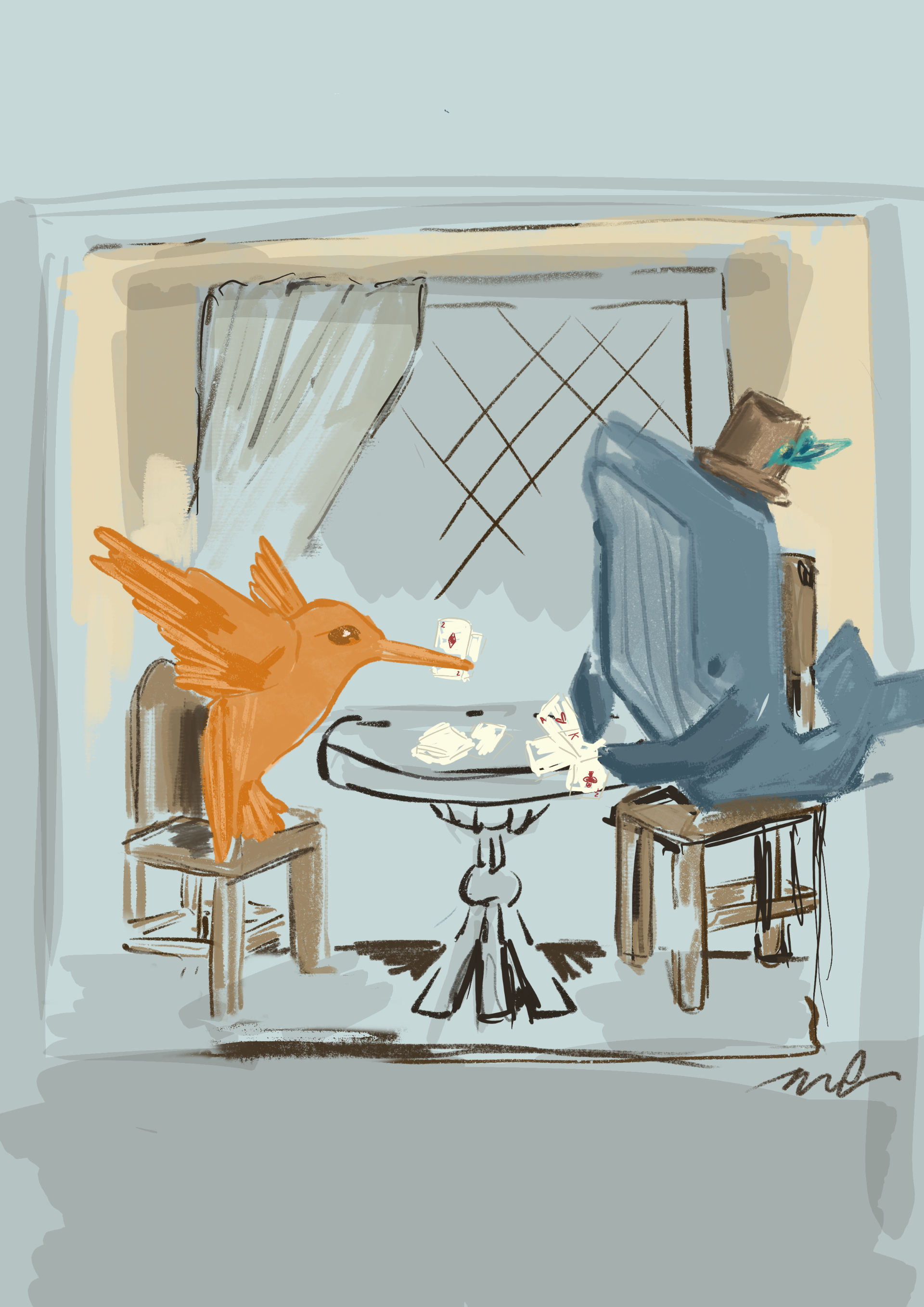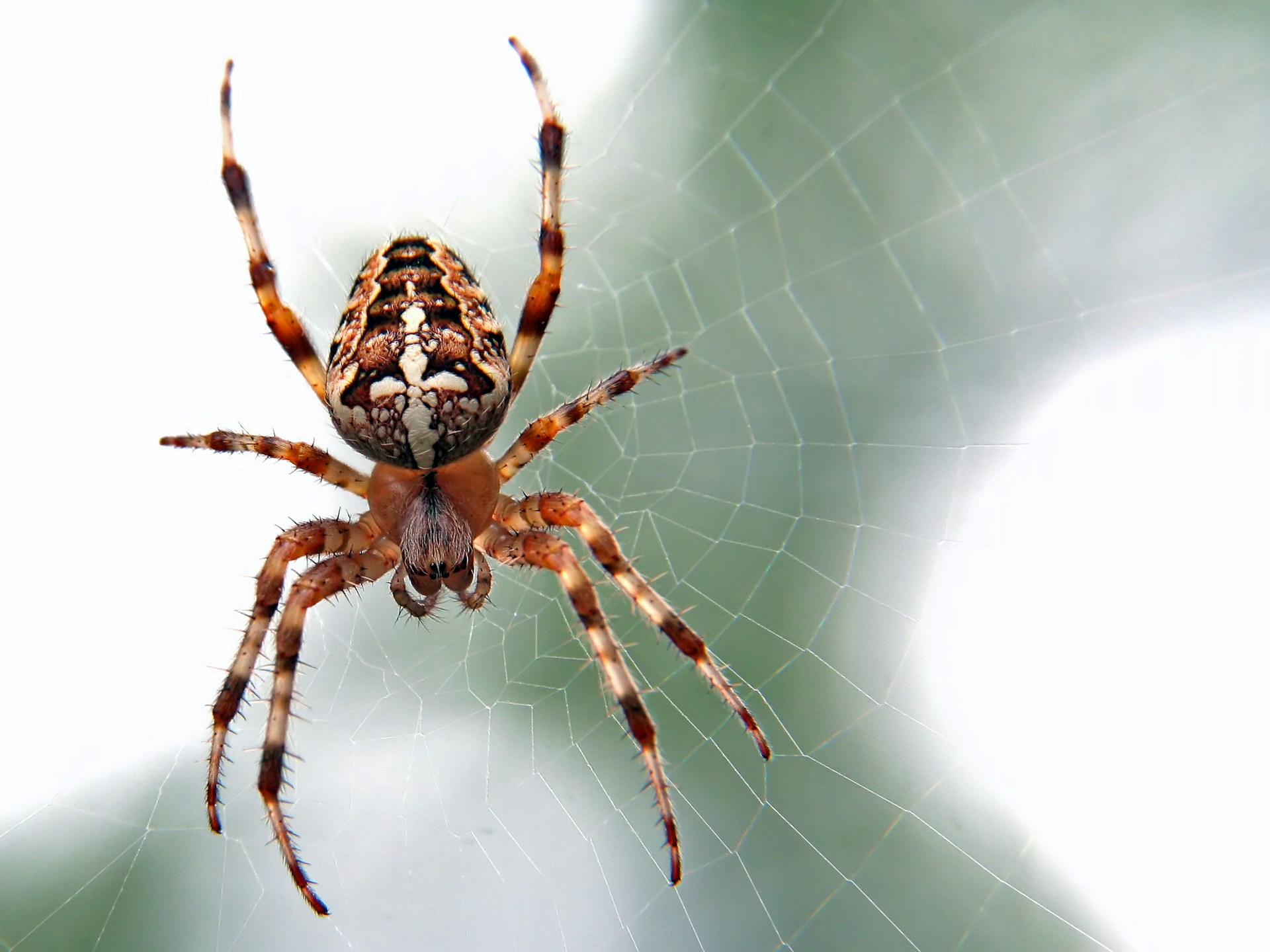Reflections on the animal kingdom reveal that perhaps brain size is not strictly correlated to intelligence.
As humans—Homo sapiens, top of the food pyramid, and king of the beasts—we come pre-programmed with the belief that there is something special about our species, claiming a superiority over the animal kingdom. And we may well be onto something. There’s no denying we have carved out a significant niche for ourselves and emerged as one of the planet’s most widespread and populous species. From the towering Gherkin to the iconic Wetherspoons, it’s hard to ignore humanity’s footprint on the planet. Scientists have attributed this success to a brain that grants us the powers of language and abstract reasoning that many argue are unique to humans. But what about our brains sets us apart from our animal counterparts—and is it conceivable that critters could think just as creatively as us?
…we come pre-programmed with the belief that there is something special about our species, claiming a superiority over the animal kingdom.
The legend of the ever-expanding brain
The historically prevailing dogma in science has been that the relative size of our brains is the cornerstone of human intelligence. A glance back through the tree of life reveals a textbook increase in brain size, starting with the minimal humble Caenorhabditis elegans worm brain and ending in the battleship neural processors of mammals. Yet, these larger brains come with some less-than-ideal overheads. Neuronal tissue is so energetically expensive in terms of oxygen consumption and blood supply that some organisms, such as Ascidia spp., sac-like marine invertebrates, have even evolved to lose their nervous systems entirely once mature, leaving them a sessile sofa surfer. An organism’s brain size should not exceed what is fit for survival, so why might a larger brain pay off?
One reason that evolution has selected for an increase in brain size in many species, despite outrageous running costs, seems to be that a bigger brain makes room for more neurons and crucially, more glia. Dubbed the ‘architects of the nervous system’, glial cells encompass a suite of workers including Schwann cells and astrocytes that support and chaperone neurons through their birth, specification, and growth. This higher segmentation and versatility of neuronal complexes has allowed arthropods such as insects, and crustaceans to upgrade from the tiny neuronal clump of C. elegans to a fully-fledged nervous system, granting them more sophisticated sensory processes. Big brains, therefore, are the key for reaching greater intelligence and behavioural complexity.
…a bigger brain makes room for more neurons and crucially, more glia.
On one level, this prevailing narrative makes perfect sense: the bigger the brain, the more neurons and glia, and the more space for complex neuronal connections. But, does this story have an unhappy ending for the smaller animals who naturally also have smaller brains, and limited space for all those cells?
Does size matter beyond scale?
Defying the rule that the bigger the brain, the greater the intellect, small-brained animals such as ants are also capable of a remarkable repertoire of behaviours. Whilst we may think we stand alone as the cultivators of the animal kingdom, in reality we’re up against 240 ant species renowned for their green fingers. Ants in the Caribbean have taken up underground fungal farming on the industrial level, whereas closer to home ants take a more pastoral approach, milking giant oak aphids for their honeydew to be stored in lichen barns. So does it really hold up that a smaller brain always means less brainpower?
In 2021, Smaers and colleagues took a step in answering this question by analysing brain and body size independently in 1,400 mammals. Their findings were eye-opening. Whilst it might be expected that larger brains are favoured for intelligence, oftentimes reality is starkly different. In more than 80% of cases, increased brain size is not a quest for intelligence as we first thought, but is simply to keep pace with the body size of the animal. This by-product of body growth comes with no guarantee of enhanced cognition, undermining the belief that larger brains always lead to higher intellectual ability. Chittka & Niven suggest that the extra brain cells that larger animals boast only go towards household maintenance: controlling bigger muscles, regulating more homeostasis, and sensing across a larger surface area. Thus, a large brain is instrumental in levelling up an animal’s size, but not necessarily its intelligence.
Thus, a large brain is instrumental in levelling up an animal’s size, but not necessarily its intelligence.
Take, for instance, the baleen whale’s brain, which weighs as much as a newborn baby at a whopping 5000 grams. But, relative to body size, it is on par with the tiny ruby-throated hummingbird, with a brain weighing less than one gram. Indeed, this is reflected in the behavioural repertoires of these contenders: both sing in courtship, defend their territories, and migrate with the seasons. Barbara Finley suggests that hummingbirds might even have the intellectual edge, with their ability to build nests and use pattern-recognition problem solving—not to mention their advanced skills on the courtship dance floor. Brain mass can be differentially allocated to regions of higher cognition or of more basic bodily functions, leading to these intellectual mismatches.
Brain mass can be differentially allocated to regions of higher cognition or of more basic bodily functions, leading to these intellectual mismatches.
These findings challenge the prevailing paradigm that brain growth has been driven by selection for intelligence, instead suggesting that it is driven by an intricate interplay between brain and body proportions and needs. This reveals the potential for remarkable intelligence in even the tiniest of animals, that rivals that of their heavyweight counterparts. It also raises the question of how to evaluate intelligence between animals of radically different body sizes, and hence, generally proportionate brain sizes. Is a mouse simply an upscaled fruit fly?
Relativity holds the key
To help determine whether brain size is just a by-product of body size, or if something more could be at play, neuroscientists have developed new ways to measure brain size, such as the Encephalisation Quotient (EQ). This metric adjusts for body size and shape, allowing us to assess brain size relative to the body and identify the extent to which an organism’s brain exceeds expectations based on its body size. When an organism has a high brain-to-body mass ratio, this suggests the brain has grown beyond what it needs for basic behaviours and has expanded into more niche cognitive abilities: you don’t need a brain as big as a human’s to be smart, just one that’s large relative to your body size. As we probably should’ve gathered from Wetherspoons, humanity is not the pinnacle of intelligence, but one amongst many species with extraordinary brains that have arisen all over the tree of life, in animals of all shapes and sizes.
Complex brains can be found even in the most unexpected corners of ecological space. The brains of cephalopod molluscs (a phylum home to octopuses, squid, and cuttlefish) are comparable in size to those of some birds, yet can house about 170 million neurons, granting them remarkable learning abilities. Octopuses have been shown to learn to accomplish a task to avoid an electric shock only by watching a trained friend from behind glass. Apart from illustrating the questionable animal research ethics of the 1990s, one study showed octopuses to be capable of advanced conceptual thought. Still not convinced? Netflix’s My Octopus Teacher documents further these fascinating creatures.
So What Does This Mean For Us?
Luckily for us, researchers have found that humans do in fact have one of the highest ratios of brain to body mass in the animal kingdom, punching in at 1:50, compared to 1:180 on average for mammals, 1:220 for birds, and 1:5000 for fish. Although a smaller body size in many primates, such as baboons, is associated with a smaller brain, our hominin ancestors broke the mould: whilst our bodies shrank, our brains continued to increase in size as we evolved. What an ego boost for mankind! Our extra brain power has enabled us to build intricate and remarkable cultures through social learning, to understand the mental states of others, and granted us an unparalleled decision-making ability. Having sent people to the Moon and invented the Flamin’ Hot Cheeto, our brains, and their size relative to our bodies, are certainly something to write home about.
This scientific truth shouldn’t blind us to the fact that the brains of other species can be equally as remarkable, though, adjusting for body size. Far from a singular fast track to intelligence, we are surrounded by species that have taken their own evolutionary detours to achieve goals just as astonishing and unique as our own. Although a hummingbird may not be able to beat you at chess, we could have something to learn from them after all.





